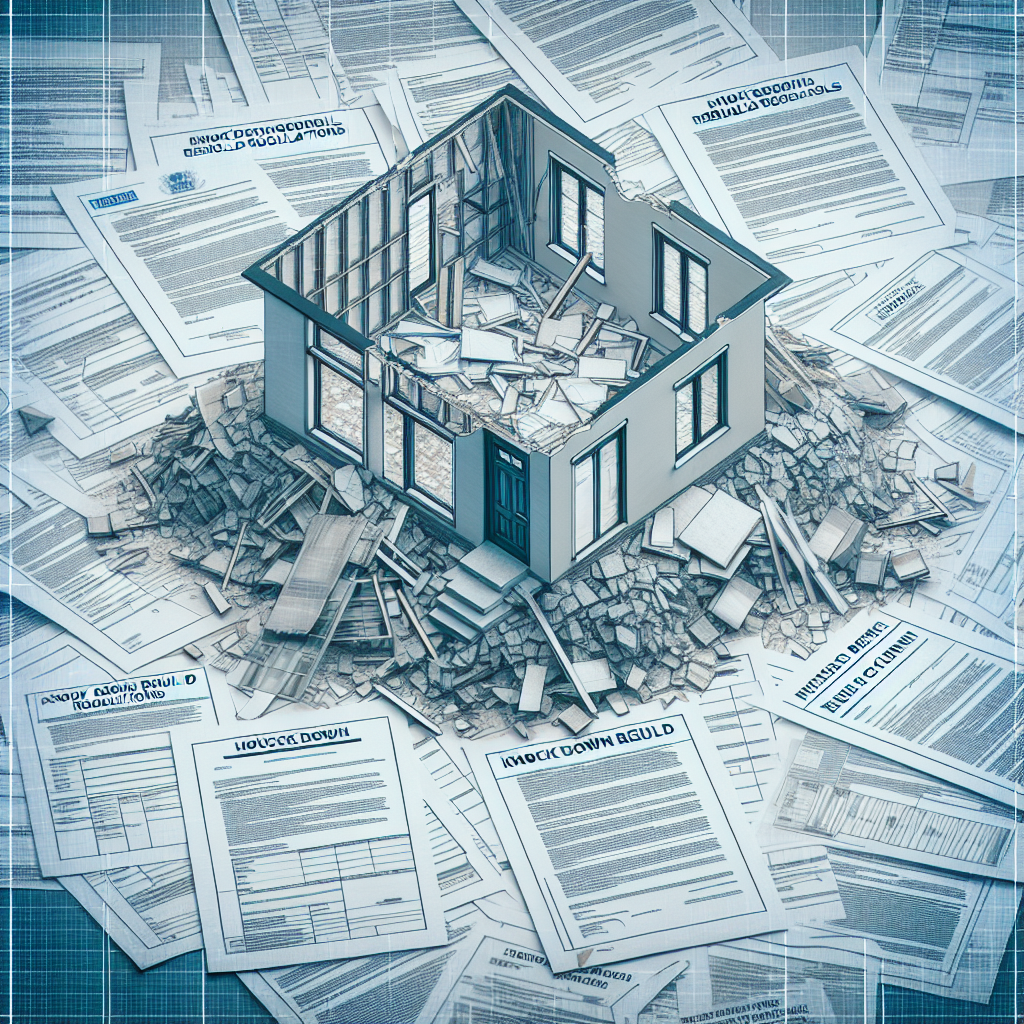Navigating Permits and Regulations for Knockdown Rebuilds
Embarking on a knockdown rebuild project is an exciting opportunity to create your dream home in a location you love. However, it’s essential to understand the permits and regulations involved to ensure a smooth and compliant building process. Here’s a comprehensive guide to help you navigate the necessary approvals on the Sunshine Coast.
Understanding the Knockdown Rebuild Process
A knockdown rebuild involves demolishing an existing structure and constructing a new home on the same site. This approach allows homeowners to modernize their living space without leaving their cherished neighborhood. Before commencing, it’s crucial to be aware of the various permits and regulations that govern this process.
Key Permits and Approvals
1. Demolition Permit
Before any demolition work begins, you’ll need to obtain a demolition permit from your local council. This permit ensures that the demolition complies with safety and environmental standards. It’s advisable to engage a licensed demolition contractor who can assist with the application and ensure all requirements are met.
2. Planning and Zoning Approvals
Your property’s zoning determines what can be built on the site. It’s essential to check with the Sunshine Coast Council to confirm that your proposed rebuild aligns with local planning schemes. Factors such as building height, setbacks, and land use will influence the approval process.
3. Building Permit
A building permit is required before construction can commence. This permit verifies that your new home’s design complies with the National Construction Code (NCC) and local building regulations. Your builder or architect will typically handle the application process, ensuring all documentation is in order.
4. Environmental Considerations
Depending on your property’s location, additional environmental assessments may be necessary. For instance, if your site is in a bushfire-prone area or near protected vegetation, specific regulations will apply. Consulting with environmental specialists can help identify any additional requirements.
5. Asset Protection Permit
An Asset Protection Permit (APP) may be required to safeguard public infrastructure, such as footpaths and roads, during demolition and construction. This permit ensures that any potential damage to public assets is accounted for and rectified appropriately.
Engaging with Professionals
Navigating the permit process can be complex, but engaging experienced professionals can simplify the journey. At Ward Builders, we collaborate closely with clients, architects, and consultants to manage all aspects of the approval process. Our team ensures that every step, from initial assessments to final approvals, is handled efficiently and in compliance with local regulations.
Final Thoughts
Undertaking a knockdown rebuild is a significant investment in your future. By understanding and adhering to the necessary permits and regulations, you can pave the way for a successful and stress-free building experience. If you’re considering a knockdown rebuild on the Sunshine Coast, Ward Builders is here to guide you every step of the way.

Read more about Knock Down Rebuilds:
- Understanding Knock Down Rebuilds
- Costs and Financing for Knock Down Rebuilds
- Finding the Right Location for Your Knock Down Rebuild
- Designing Your Dream Home with a Knock Down Rebuild
- Working with a Knock Down Rebuild Builder
- Demolition and Site Preparation for Knock Down Rebuilds
- Building Materials and Technology for Knock Down Rebuilds
- Interior Design and Finishing Touches for Knock Down Rebuilds
- Moving into Your New Home and Future Maintenance









